Silane modified polyether sealant
1、 Introduction to Silane Modified Polyether Sealant
Silane modified polyether sealant (MS sealant), also known as organosilicon modified polyether sealant and end silyl polyether sealant, is a high-performance environmentally friendly sealant prepared based on end silyl polyether (with polyether as the main chain and siloxane at both ends) as the basic polymer.
Due to its combination of advantages and strengths of silicone sealant and polyurethane sealant, it exhibits excellent weather resistance, durability, high resistance to deformation and displacement, good adhesion, coating, environmental friendliness, low contamination, low viscosity, and excellent workability. It has increasingly attracted attention from the domestic construction industry, and in industrial fields such as automotive manufacturing, rail transit, container manufacturing, equipment manufacturing, etc The fields of electronics and electrical engineering are also being increasingly promoted and applied.
Synthesis of Silane Modified Polyether
The structural feature of silane modified polyether is that the main chain is a macromolecular polyether, and the end group is a silane group containing hydrolyzable groups. The synthesis of silane modified polyethers is usually completed by a two-step method.
Step: Using allyl polyether alcohol, hydroxyl terminated polyether, etc. as raw materials, dihalomethane (H2CX2) as a chain extender, and caustic soda as a catalyst, an allyl terminated polyether intermediate is prepared through chain extension reaction.
Step 2: In the presence of platinum based catalysts, the refined intermediate is reacted with methyldimethoxysilane through terminal silylation reaction to obtain silane modified polyether.
Curing mechanism of silane modified polyether sealant
The curing mechanism of MS sealant belongs to wet curing. Under the presence of room temperature, moisture, and appropriate catalysts (amines, tin, etc.), the alkoxy group in the terminal alkoxy group is first hydrolyzed into a silanol group (Si-OH); Subsequently, Si-O-Si bonds are formed by condensation between Si-OH groups or between Si-OH and Si-OCH, releasing water or methanol; After crosslinking, a flexible polyether chain structured elastomer is formed with Si-O-Si bonds as network crosslinking points.


Advantages of Silane Modified Polyether Sealant
Comparison of performance between silane modified polyether adhesive, silicone sealant, and polyurethane sealant:
The reason why silane modified polyether adhesive has such good comprehensive properties is closely related to the special structure of its base polymer (silyl terminated polyether).
Characteristics of Silane Modified Polyether Sealant
1. Widespread adhesion to substrates. Due to the low surface energy and high permeability of the base polymer (silyl terminated polyether), it has good wetting ability to most inorganic, metal, and plastic substrates, thereby producing good adhesion to the substrate.
2. Excellent weather resistance and durability. End silyl polyethers are composed of polyethers as long chains and terminated with siloxy groups. The long chains of polyethers have the characteristics of low unsaturation, high molecular weight, and narrow distribution. The end groups are hydrolyzable siloxane groups. Silane modified polyether sealant will form a network structure connected by flexible polyether long chains with Si-O-Si bonds as crosslinking points after room temperature moisture curing. This system not only has excellent weather resistance, water resistance, aging resistance, and durability, but also effectively suppresses and avoids the formation of surface cracks of the sealant after long-term use.
3. Environmental friendliness. Silyl terminated polyether is a long-chain structure of polyether terminated with siloxy groups, which does not contain toxic isocyanate groups or free isocyanates like polyurethane sealant. End silyl polyether has low viscosity, good workability, and does not require the use of organic solvents to adjust the process performance of the formula. Therefore, silane modified polyether adhesive can completely achieve no addition of any organic solvents, and its total volatile organic compounds (VOC) are very low.
4. Paintability. Ordinary silicone sealant surfaces cannot be painted or colored, and can only be adjusted to the desired color according to user needs; Silane modified polyether adhesive can be painted and colored, and has good coating properties.
Technical progress of silane modified polyether sealant
In the 1970s, Kaneka Corporation in Japan developed organosilicon modified polymers with polyether frameworks. In 1974, it was the first to develop organosilicon modified polyether sealant. In 1978, it achieved industrial production and was named “Zhong Hua MS Polymer” in 1979. In 1981, it was used at the Tokyo headquarters of Di Ichikangyo Bank in high-rise buildings, marking the market recognition of organosilicon modified polyether sealant.
In recent years, domestic researchers have conducted relevant research on MS sealant. Zhang Huji et al. prepared a single component MS sealant using MS prepolymer, plasticizer, calcium carbonate, gas-phase silica, silane coupling agent, and catalyst as raw materials. Xue Jidong et al. prepared a single component moisture cured MS sealant based on silyl terminated polyether (MS) as the basic polymer. Chen Zhonghua et al. prepared a high-performance single component sealant using Wacker STP-E30 and STP-E35 as base polymers. Huang Huoyang et al. prepared environmentally friendly single component silicone modified polyether sealant using organic silicon modified polyether resin, polypropylene glycol oxide, fillers, silane coupling agents, and catalysts.
At present, domestic Ms adhesive is developing towards multifunctional products. Yang Jing et al. prepared a transparent single component silicone modified polyether sealant, which has excellent weather resistance, high resistance to deformation and displacement, as well as good adhesion, coating, low contamination, and environmental friendliness. The products manufactured by Zhou Rujiang and others have excellent flame retardancy and good adhesion, making them suitable for adhesive sealing in construction, transportation, solar energy, and other fields. Wang Cuihua and others prepared a two-component MS sealant that can quickly cure at low temperatures, and it has good adhesive processability and storage stability.
Application of Silane Modified Polyether Sealant
Silane modified polyether sealant itself has elasticity and can withstand material expansion and vibration, making it difficult to peel off, and can maintain performance for a long time; Due to its superior adhesive performance, it can be used for various purposes; Non polluting stone, with almost no odor or volatile components; Can be used as a post coating and can be sprayed wet to wet; The curing process produces no bubbles and does not affect the mechanical properties of the material. Based on this, sealant can be applied in the following fields:
1. In the field of architecture: leak prevention and sealing of building roofs, sealing of air conditioning systems, repairing cracks in buildings, installation of skylights and flooring, composite decorative panels, sealing of joints in ancillary facilities such as kitchens and bathrooms, sealing of residential doors and windows with concrete structures.
2. Industrial field: Sealing of doors, windows, and windshields for automobiles and high-speed trains, bonding of ceiling floors and frame frames, bonding and sealing of ships, containers, food refrigerated trucks, etc., and bonding and sealing of reinforcement ribs for elevator cars.
3. Product assembly field: Bonding of the same or different materials, assembly of laminated board bonding seals and decorative panels, and assembly of mechanical components.
epilogue
The technology of silane modified polyether sealant abroad has become relatively mature. In Japan and Europe and America, the market share of silane modified polyether sealant has reached over 30%, with a clear upward trend in recent years. However, China is relatively weak in aspects such as prepolymer synthesis, sealant preparation, and engineering application technology research. Due to the monopoly of prepolymer synthesis technology by foreign countries, the procurement price of silane modified polyether sealant is high, It is still difficult for large-scale industrial production and application in China.
With the rapid development of China’s economy and the continuous improvement of people’s living standards, the demand for sealant is bound to move towards high-end development. Therefore, in-depth research on the synthesis mechanism of silane modified polyether prepolymers, solving the process control problems of large-scale production, forming silane modified polyether prepolymer synthesis technology with independent intellectual property rights, and increasing the research and development, production, and engineering application of silane modified polyethers play a crucial role in industries such as aviation, construction, bridges, and trains in China that require high-performance sealing products.
MS adhesive catalyst catalog
NT CAT MS220 is an environmentally friendly metal composite catalyst that does not contain RoHS restricted polybrominated biphenyls, polybrominated diphenyl ethers, lead, mercury, cadmium, and nine types of organic tin compounds such as octyltin, butyl tin, and phenyl tin. It can be used in polyurethane leather, coatings, adhesives, and silicone rubber, especially suitable for MS adhesives.
NT CAT E-14 is widely used in polyurethane foam, elastomer, adhesive, MS sealant and room temperature curing silicone system;
NT CAT E-15 is suitable for aromatic isocyanate two-component polyurethane adhesive system, with moderate catalytic activity and lower activity than A-14;
NT CAT E-16 is suitable for aromatic isocyanate two-component polyurethane adhesive systems, with a delay effect and certain water resistance, and a long storage time for composite materials;
NT CAT E-128 is suitable for polyurethane two-component rapid curing adhesive systems, with strong catalytic activity in this series of catalysts, especially suitable for aliphatic isocyanate systems;
NT CAT E-129 is suitable for aromatic isocyanate two-component polyurethane adhesive system, with strong delay effect and strong stability with water;
NT CAT E-138 is suitable for aromatic isocyanate two-component polyurethane adhesive system, with moderate catalytic activity, good fluidity and hydrolysis resistance;
NT CAT E-154 is suitable for the two-component polyurethane adhesive system of aliphatic isocyanates and has a delay effect;
NT CAT E-159 is suitable for aromatic isocyanate two-component polyurethane adhesive system and can be used to replace A-14, with an addition amount of 50-60% of A-14;
NT CAT MB20 gel catalyst can be used to replace tin metal catalyst in soft bulk foam, high-density soft foam, spray foam, microporous foam and hard foam system, and its activity is relatively lower than that of organic tin;
NT CAT T-12 dibutyltin dilaurate, gel type catalyst, suitable for polyether type high-density structural foam, polyurethane coating, elastomer, adhesive, room temperature curing silicone rubber, etc;
NT CAT T-125 organotin strong gel catalyst, compared with other dibutyltin catalysts, T-125 catalyst has higher catalytic activity and selectivity for carbamate reaction, and improves hydrolysis stability, which is suitable for rigid polyurethane spray foam, molded foam and CASE applications.
Related recommendations:
Tetrachloroethylene Perchloroethylene CAS:127-18-4 DABCO MP608/Delayed equilibrium catalyst TEDA-L33B/DABCO POLYCAT/Gel catalyst Addocat 106/TEDA-L33B/DABCO POLYCAT Dabco 33-S/Microporous catalyst Efficient reaction type equilibrium catalyst/Reactive equilibrium catalyst Dabco amine catalyst/Low density sponge catalyst High efficiency amine catalyst/Dabco amine catalyst Non-emissive polyurethane catalyst/Dabco NE1060 catalyst Dabco NE1060/Non-emissive polyurethane catalyst





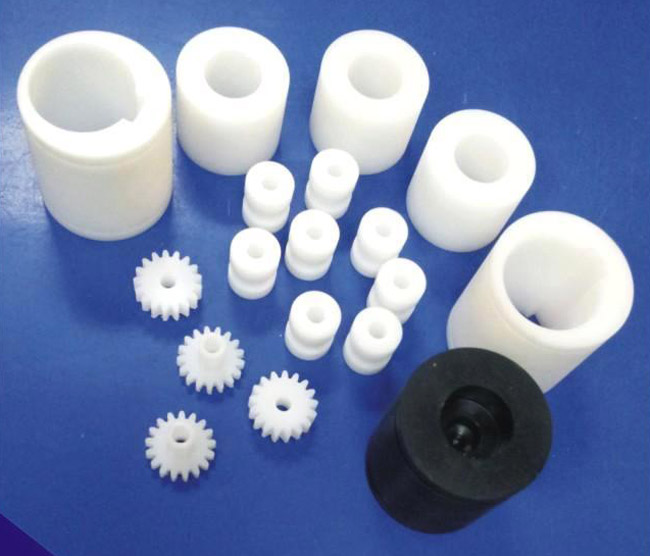


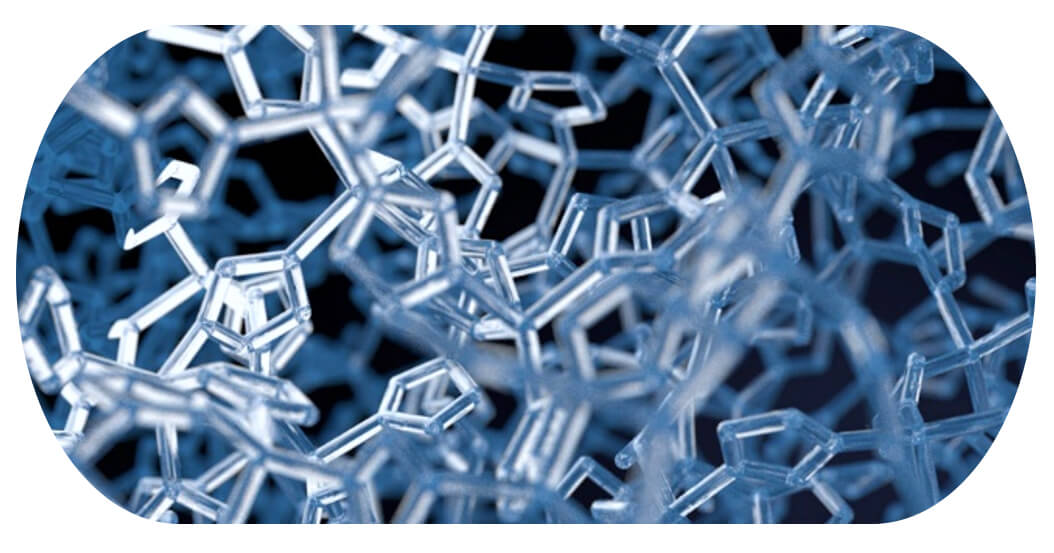
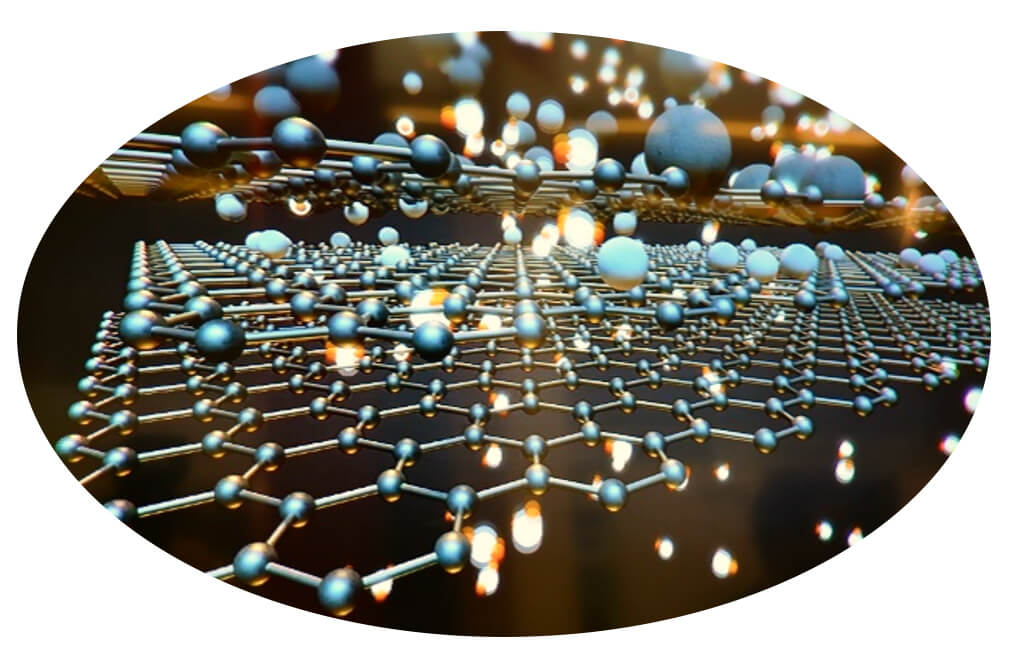


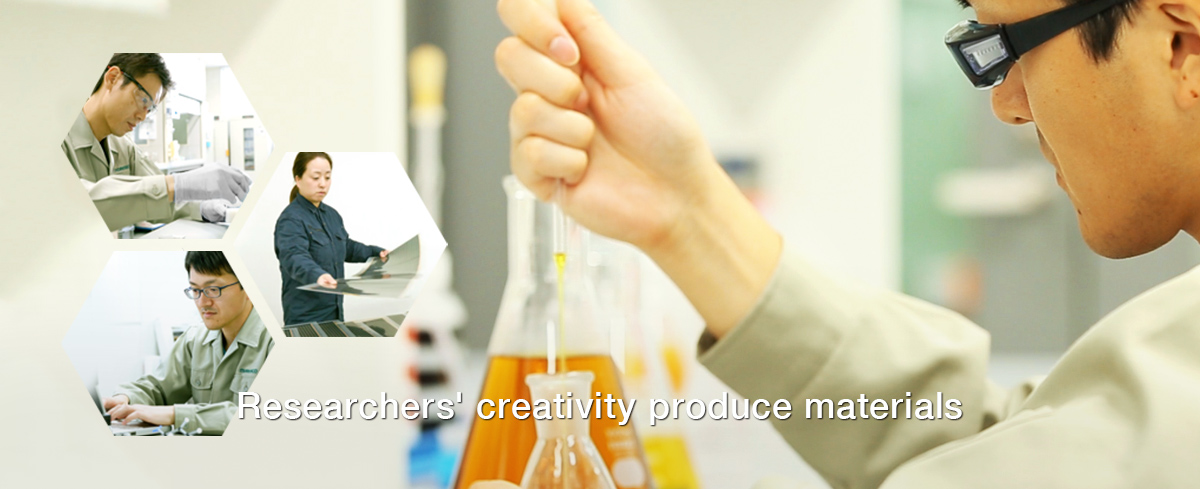





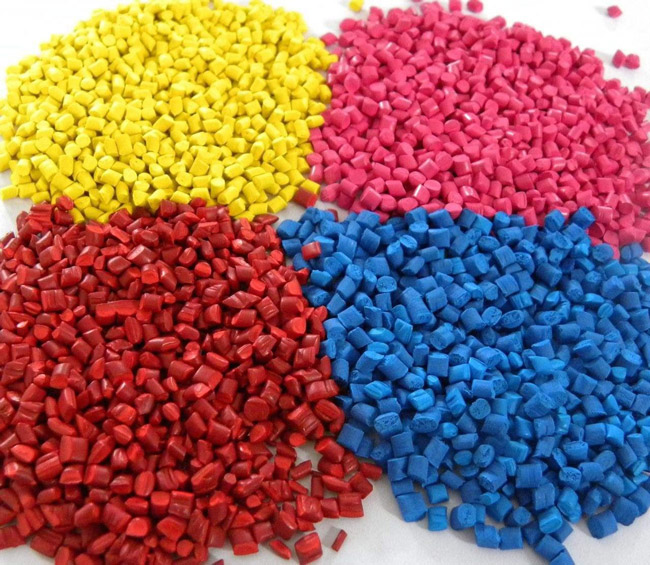

Comments